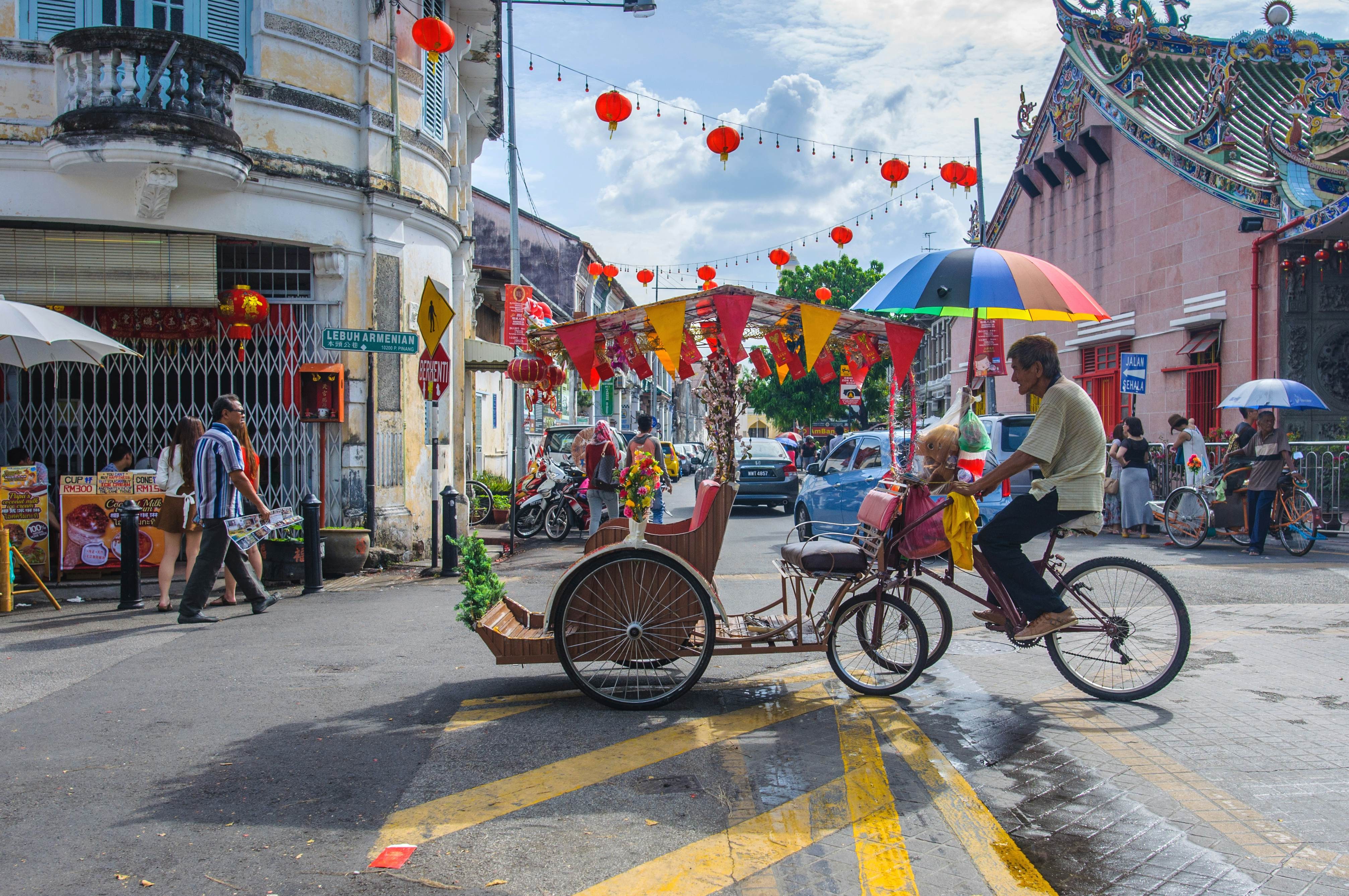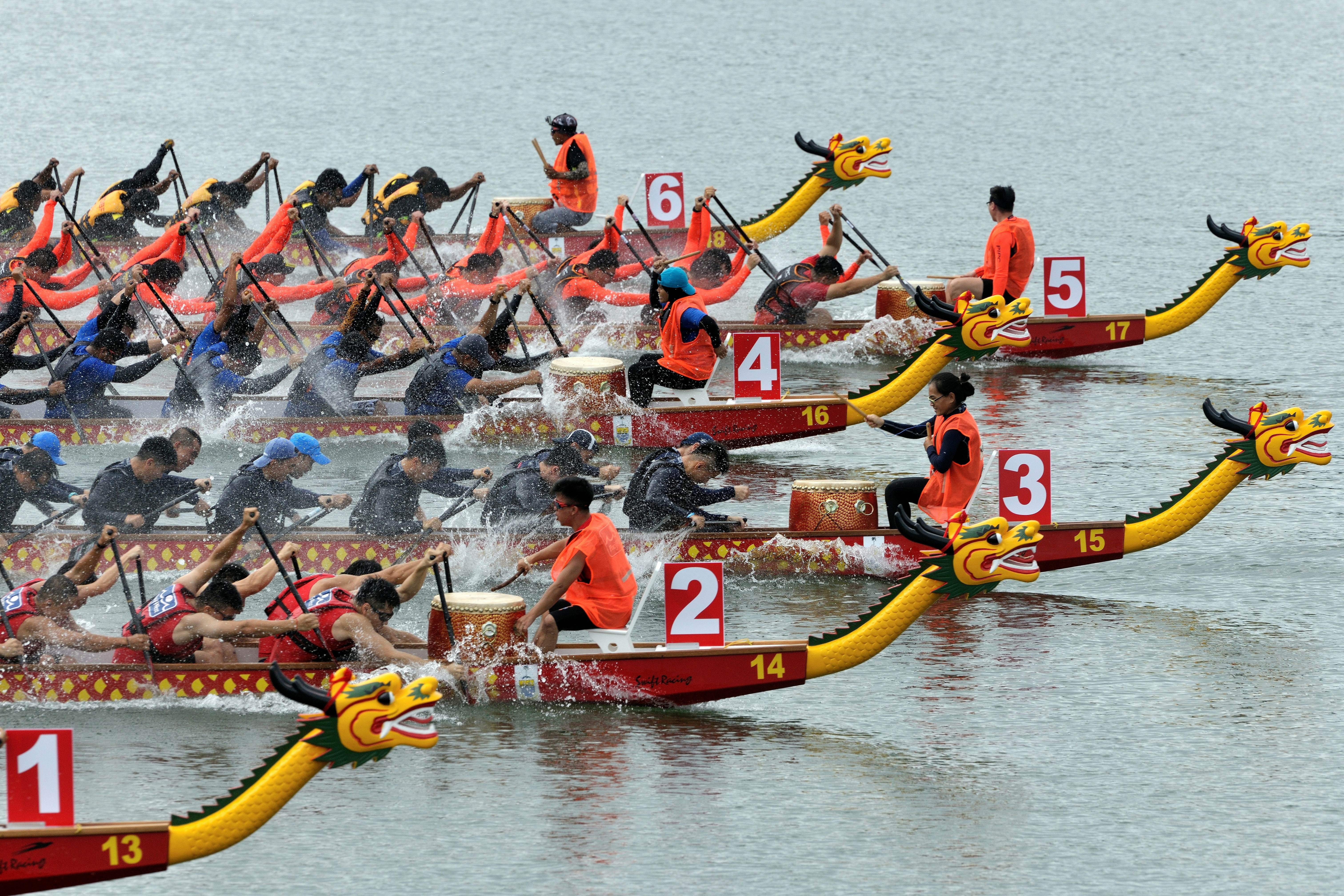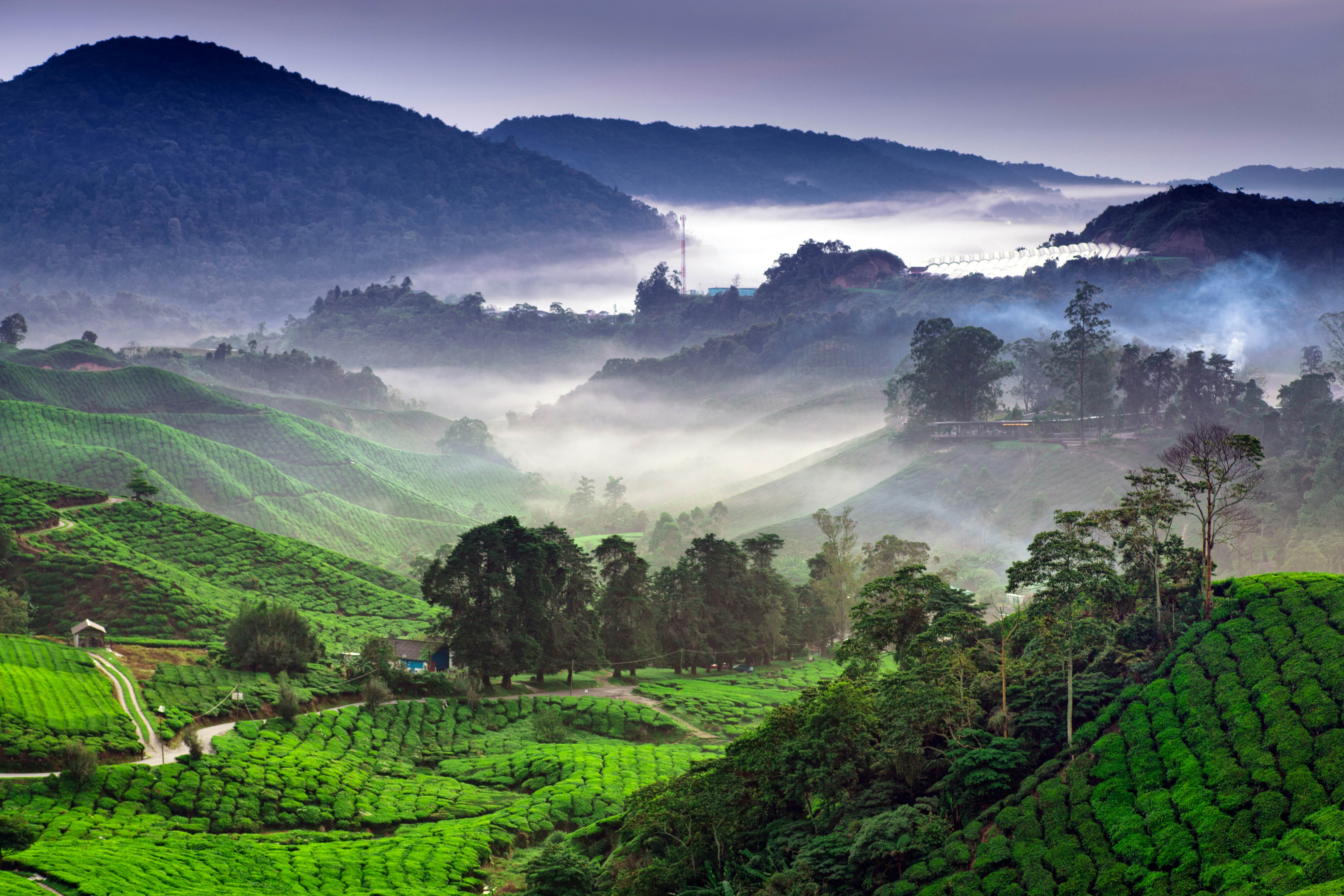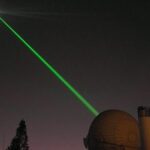Malaysia, a vibrant Southeast Asian nation, boasts diverse landscapes and cultures spread across Peninsular Malaysia and Malaysian Borneo. Determining the best time to visit requires considering regional climates and your travel preferences. This guide breaks down Malaysia’s seasonal variations to help you plan your perfect trip.
Even over short distances, the weather can vary. Langkawi is only 122km (76 miles) from Penang, but the weather can differ on the same day.
Malaysia experiences two primary seasons: a hot, dry season and a hot, wet season. Humidity is prevalent year-round, and rain is always a possibility. The Cameron Highlands are an exception, with temperatures ranging from 14ºC (58ºF) to 24ºC (76ºF).
Monsoon rains characterize the wet season, typically occurring in the afternoon. The east coast of the peninsula receives heavy rainfall from mid-October to March during the northeast monsoon, while the west coast experiences more rain from May to October during the southwest monsoon. Borneo is usually wet from November to February.
Despite the frequent rain, tourism thrives year-round. Peak seasons typically coincide with school holidays, attracting families from Europe, the Persian Gulf, and other Asian countries.
 A rickshaw driver with a rainbow umbrella in old George Town, Penang, showcasing the vibrant street life even during potential rain
A rickshaw driver with a rainbow umbrella in old George Town, Penang, showcasing the vibrant street life even during potential rain
December to February: Ideal for Peninsular Malaysia’s West Coast
The northeast monsoon drenches the east coast from October to March, making December to February ideal for the west coast and the Andaman Sea islands. This period offers drier weather for exploring beaches on tropical islands like Langkawi or wandering through the historic streets of George Town in Penang. Conversely, Sabah and Sarawak in Malaysian Borneo experience their wettest period.
While the west coast enjoys pleasant weather, expect larger crowds and higher hotel rates. However, the period is worth it for the major cultural festivals, including Chinese New Year and the Hindu festival of Thaipusam in late January or early February. If you venture to Sarawak, you might find discounted hotel rates in Kuching, but road conditions in the hinterland can deteriorate significantly.
 A girl from the Kadazandusun ethnic group playing a gong during the Sabah Harvest Festival, highlighting the rich cultural heritage of the region.
A girl from the Kadazandusun ethnic group playing a gong during the Sabah Harvest Festival, highlighting the rich cultural heritage of the region.
March to May: Best Overall Weather in Malaysia
The months of March to May, during the northern hemisphere’s spring, offer respite from heavy rains and extreme humidity in most of Malaysia. This window is excellent for enjoying beaches and warm, but not sweltering, temperatures. It’s also a great time to visit Malaysia’s stunning national parks for wildlife spotting.
April is particularly suitable for visiting Sabah, as drier days align with outdoor activities such as diving and hiking Mount Kinabalu. Don’t miss Sabah’s Harvest Festival in May. However, Kuala Lumpur experiences one of its wettest months in April, making it an excellent time to explore the city’s culinary scene.
 Racers in colorful boats at the Penang International Dragon Boat Festival, demonstrating a thrilling cultural event.
Racers in colorful boats at the Penang International Dragon Boat Festival, demonstrating a thrilling cultural event.
June to September: Best Time for Kuala Lumpur and the East Coast
The northern hemisphere summer provides the driest conditions in Kuala Lumpur. While humidity remains a factor, especially in urban areas, the east coast of Peninsular Malaysia and many parts of Borneo experience relatively dry weather. Early June sees the Gawai Festival, celebrating the Dayak people of Borneo. The Penang Dragon Boat Festival also attracts a lot of visitors.
This season is popular with tourists from the Gulf States, and diving resorts on the east coast benefit from improved underwater visibility. July features cultural events like the George Town Festival and the Rainforest World Music Festival in Kuching.
The rains begin to return in August, building up towards the northeast monsoon. Hari Merdeka, Malaysia’s National Day, features parades and celebrations nationwide at the end of August, regardless of the rain.
 A mountainous landscape and misty valleys in the Cameron Highlands, exemplifying the cooler climates found in some parts of Malaysia.
A mountainous landscape and misty valleys in the Cameron Highlands, exemplifying the cooler climates found in some parts of Malaysia.
October to November: Ideal for Melaka and the Cameron Highlands
From October to November, rainfall increases across the peninsula, but Melaka remains relatively dry. The beginning of the northeast monsoon provides a favorable time to visit the Cameron Highlands, as the flora thrives due to increased rainfall.
In other areas, this period offers competitive hotel rates (and the need for an umbrella). It’s a good time for indoor activities like shopping malls and museums, with many shops offering sales.
In conclusion, the best time to travel to Malaysia depends on your destination and priorities. Whether you seek sunny beaches, cultural festivals, or lush highlands, understanding Malaysia’s seasonal variations will help you plan an unforgettable trip.
